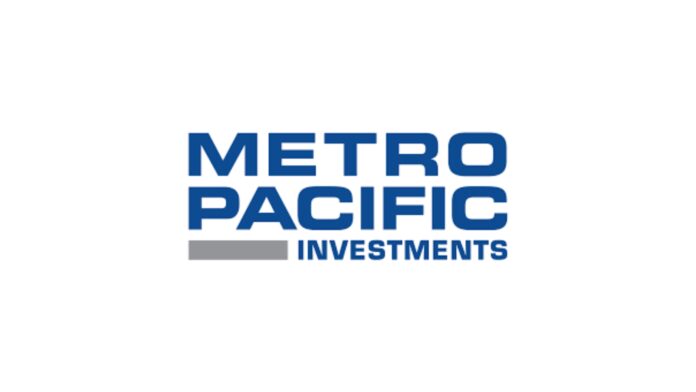Conglomerate Metro Pacific Investments Corp. on Wednesday bared core net income in 2022 reaching P14.2 billion, up 15 percent from P12.3 billion the previous year on strong recovery of its toll road traffic and growth in power consumption.
Revenues for the year rose 28 percent to P519.5 billion from P406 billion.
Attributable income rose 4 percent to P10.5 billion from P10.1 billion, despite lower nonrecurring income in 2022 compared to 2021, which gained from the sale of Global Business Power and Don Muang Tollways totaling P5.7 billion.
Power accounted for P12.4 billion or 65 percent of net operating income, toll roads contributed 30 percent or P5.7 billion, water contributed another 14 percent or P2.7 billion while its other businesses, mainly light rail, healthcare, agribusiness, real estate and fuel storage incurred a loss of P1.8 billion.
In the fourth quarter alone, Chaye A. Cabal-Revilla said core income totaled P800 million, flat from a year earlier as the company still winded down its logistics business.
The logistics business is seen reanimated this year and complement MPIC’s entry into the agribusiness space although the company shuttered its logistics activities in 2021.
“Our continuing earnings growth reflects significant volume increases for all our core businesses together with our intense focus on operational efficiencies. This has been achieved on the strength of years of significant investments in improving the quality of our services,” MPIC chairman president and CEO Manuel V. Pangilinan said.
This year, Revilla said the MPIC as a group plans spending P80 billion as capital expenditures, slightly lower than last year.
“We have a funding requirement of P5 billion and we’ll spend P15 billion in plant acquisition and on agriculture expansion,” she said.
The bulk of the P80 billion capex will be for power, then toll roads to complete half of the projects this year and the remaining half next year and the rest for Maynilad Water Services Inc., the West Zone concessionaire.
MPIC borrowing costs last year were significantly reduced, resulting in a 5-percent decline in net interest costs, the result of strategic rerating and refinancing of costly debt notwithstanding a rising interest rate environment.






